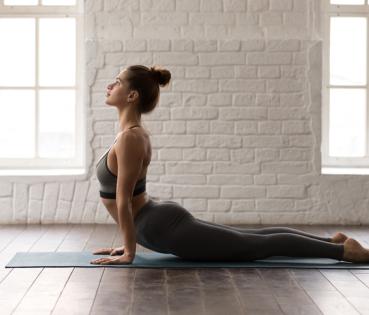
Traditional cardio vs. HIIT
We examine the main differences between these two modalities, and which one is your best choice, according to your goal, physical condition and the time you have available to train.
HIIT (High Intensity Interval Training) has become in recent years one of the most in-demand and popular cardio workouts for weight loss and body toning. But, how does it differ from traditional cardio? The key is the duration and intensity of the exercise. As the name suggests, HIIT involves intervals of maximum power or speed, followed by moments of no activity at all, while in traditional cardio the intensity and heart rate are constant.
However, although both are cardiovascular exercises that speed up the heart rate and breathing, the biggest difference is in what is happening internally. Traditional cardio is aerobic, so unlike HIIT, it draws energy from fat and carbohydrate stores with the help of oxygen. As lactic acid is not produced, it can be sustained for longer periods of time. It is good for the lungs, increases endurance and optimises muscle function.
HIIT vs. LISS
These two new modalities have been developed based on classic cardio training, where exercises are done in intervals of time in which the heart rate is kept within a specific percentage range. We explain the differences between them, their advantages and disadvantages.
HIIT is the more efficient workout because it pushes the body to its limits in intervals of maximum effort that typically last 10-30 seconds and increase the heart rate to 85-90% of maximum capacity. This effort takes place with a deficit of oxygen, as the body breaks down muscle glycogen to produce TFA; this process is called glycolysis, and it results in the production of lactic acid. Common exercises include burpees, jumping jacks, squats, push-ups and planks, but in fact almost any cardio exercise can be performed anaerobically.
LISS (Low Intensity Steady State) is a derivative form of traditional cardio that was born as a counterpoint to HIIT and it involves exercising within a range of intensity where the person feels comfortable, at a constant and steady pace, which should be sustained for 20-minute intervals. Our heart rate should be between 50-70% of our maximum capacity. It uses stored fat as the main source of energy and helps to regulate stress. It should be done for at least 45-60 minutes and can be repeated more than twice a week.
Then, which one should be chosen?
Contrasting HIIT with LISS is like comparing a sprint with a long-distance race: depending on what we want to achieve and how much time we have available, we will choose one or the other or combine both to produce a more balanced exercise routine.




